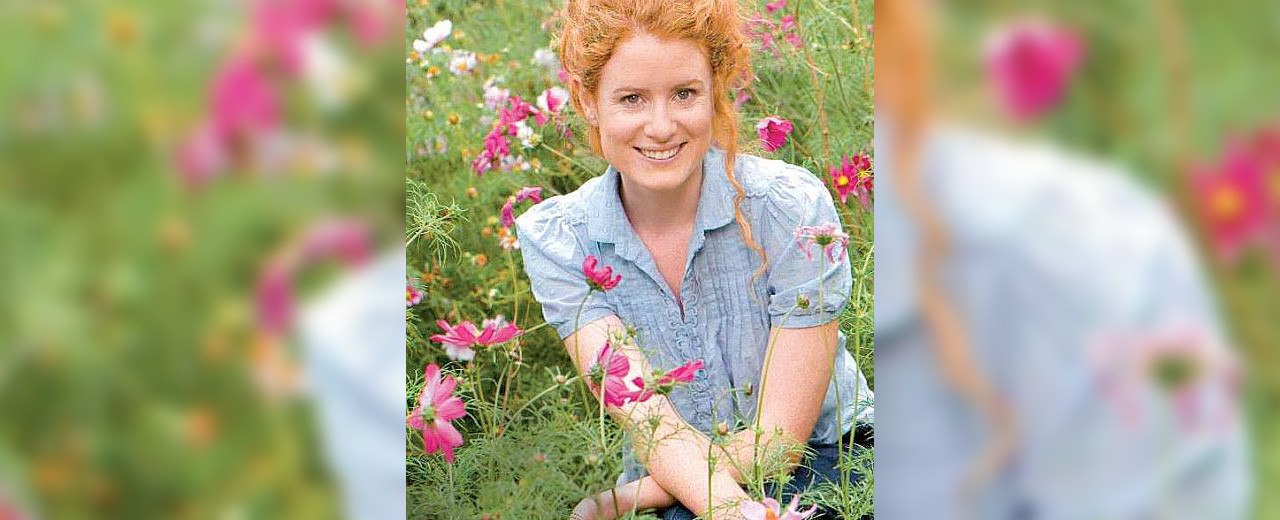Alys Fowler: Garden Foes- An Article In The Guardian - Recommends Strulch As A Remedy

This year's dry weather, cool nights and warm days have meant some foes have fared better than others. Pity the poor slugs that have spent this summer desperately seeking moisture. Actually don't – surprisingly, slugs spend only 5-10% of their time above ground, the rest they are hidden below, still eating, still sliming (both actually good for the soil). So although there may seem to be fewer slugs, they're there. Snails, however, have that shell, which means they don't dry out quite so quickly and thus you'll still be finding plenty of them. If it does dry out, they retreat into the shell, seal it with a leathery capping and stay there for up to four years until moisture levels rise again – clever. It's up to you how you rid yourself of them, though throwing them over to the neighbours' doesn't work. Both slugs and snails have a homing device and can travel up to a mile at night, so they will be back. Flea beetles are munching fast at the moment. These shiny, tiny, tinted greenish blue-black jumping beetles love all things brassica related – rocket, radishes, turnips, mustards, oriental greens, swedes, kales and wallflowers. They make tiny holes, 2-3mm wide, all over young seedlings. Damage is often worse when the weather and soil are dry.
To keep them at bay, cover crops with Enviromesh (a fine mesh) or fleece; do this before seedlings emerge otherwise you will trap the beetles under the netting. Or take a sheet of paper, paint honey on half, then brush the non-sticky side over the crop; the beetles leap and get stuck. It's hit and miss, but small children may enjoy the macabre spectacle. Mildews, particularly powdery mildew, are appearing on courgettes, cucumbers, gooseberries, honeysuckles, grapes and some daisies. This appears as a white mould on the upper and lower surfaces of leaves. Powdery mildew is worse in dry conditions with poor air circulation (so don't overcrowd). Spraying the leaf with milk and water can help, but you need to do it every day.
The best remedy for all these problems (even the slugs), is healthy soil. If your soil is dry, mulch like mad. Grass clippings, semi-rotted leaves, homemade compost, shop-bought composted bark or Strulch (a lightweight mulch made of wheat straw) will help to lock in moisture, cut down on weeds and boost soil activity. In autumn make a note of troublesome spots and add extra manures. Pile the stuff on and refrain from digging it in, which upsets the architecture of the soil. The science of the soil food web is complex, but the solution is simple: feed your soil and it will police your problems for you.
